Technological Innovations in Wingboard Market
The Wingboard Market is experiencing a surge in technological innovations that enhance performance and user experience. Advanced materials such as carbon fiber and lightweight composites are being utilized to create more durable and efficient wingboards. These innovations not only improve maneuverability but also increase the overall safety of the sport. Furthermore, the integration of smart technology, such as GPS tracking and performance analytics, is becoming more prevalent. This allows users to monitor their progress and optimize their skills. As a result, the demand for technologically advanced wingboards is likely to rise, attracting both novice and experienced riders. The market is projected to grow at a compound annual growth rate of approximately 8% over the next five years, driven by these advancements.
Environmental Sustainability in Wingboard Market
Sustainability is becoming a pivotal driver in the Wingboard Market as consumers increasingly prioritize eco-friendly products. Manufacturers are responding by developing wingboards made from sustainable materials, such as recycled plastics and bio-based composites. This shift not only appeals to environmentally conscious consumers but also aligns with global efforts to reduce carbon footprints. The market is witnessing a growing trend towards sustainable practices, with companies adopting greener production methods and supply chains. This focus on sustainability is expected to enhance brand loyalty and attract a broader customer base. As a result, the Wingboard Market may see a significant increase in sales, with projections indicating a potential market expansion of 10% in the next few years due to these eco-friendly initiatives.
Influence of Social Media and Marketing in Wingboard Market
The impact of social media and targeted marketing strategies is becoming increasingly evident in the Wingboard Market. Brands are leveraging platforms like Instagram and YouTube to showcase their products and engage with potential customers. Influencers and professional athletes are often utilized to promote wingboarding, creating a buzz around the sport and attracting new participants. This marketing approach not only raises awareness but also fosters a sense of community among enthusiasts. As a result, the Wingboard Market is likely to see a rise in sales, with projections indicating a growth rate of approximately 9% over the next few years. The effective use of social media is expected to play a pivotal role in shaping the future landscape of the industry.
Rising Interest in Adventure Sports within Wingboard Market
The Wingboard Market is benefiting from a notable increase in interest in adventure sports among younger demographics. As outdoor activities gain popularity, wingboarding is emerging as an exciting option for thrill-seekers. This trend is particularly evident in regions with access to suitable water bodies, where enthusiasts are eager to explore new sports. The rise of social media platforms has further fueled this interest, as users share their experiences and promote the sport to their peers. Consequently, the market is likely to expand, with an estimated growth rate of 7% anticipated over the next few years. This growing enthusiasm for adventure sports is expected to drive sales and encourage new entrants into the Wingboard Market.
Increased Investment in Water Sports Infrastructure in Wingboard Market
Investment in water sports infrastructure is playing a crucial role in the growth of the Wingboard Market. Governments and private entities are increasingly funding the development of facilities such as marinas, water parks, and training centers. These investments not only enhance accessibility for enthusiasts but also promote the sport to a wider audience. Improved infrastructure is likely to facilitate organized events and competitions, further stimulating interest in wingboarding. As a result, the Wingboard Market may experience a boost in participation rates, leading to an estimated market growth of 6% in the coming years. This trend indicates a promising future for the industry as it capitalizes on enhanced facilities and increased visibility.


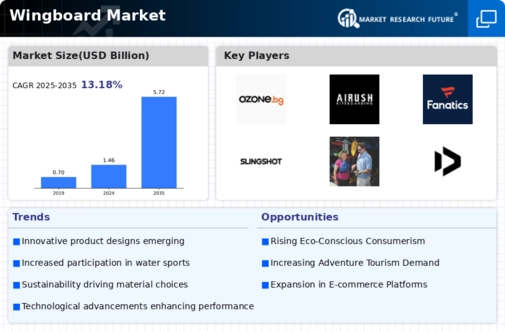
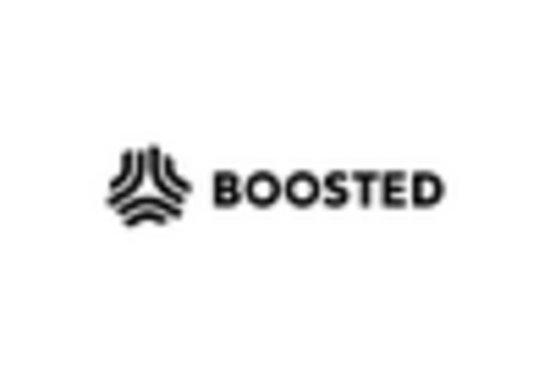

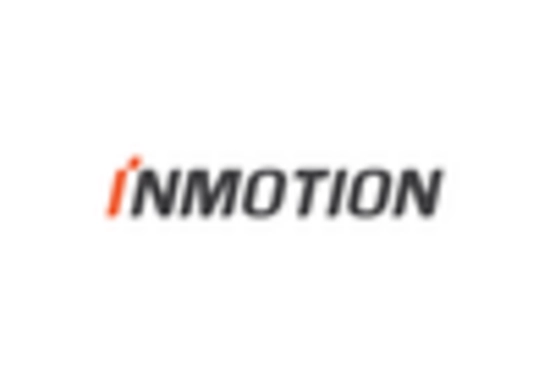

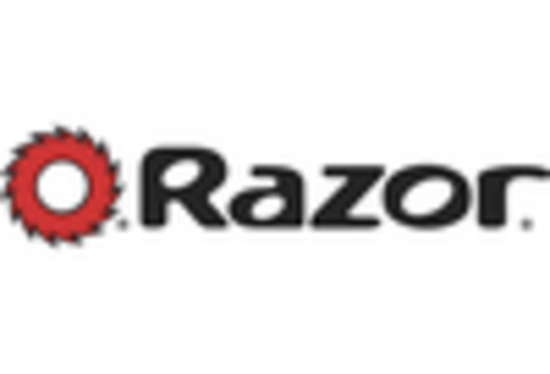
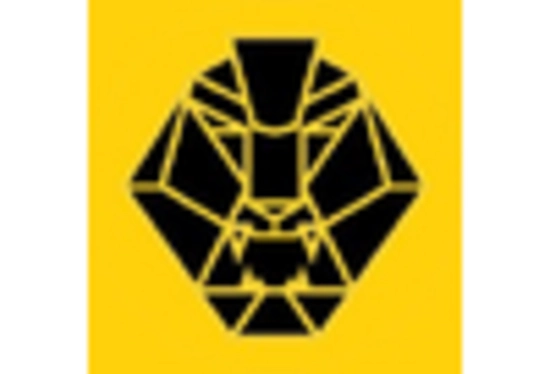








Leave a Comment